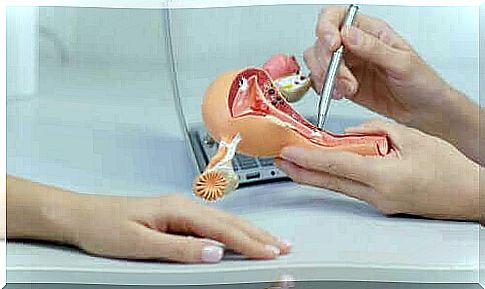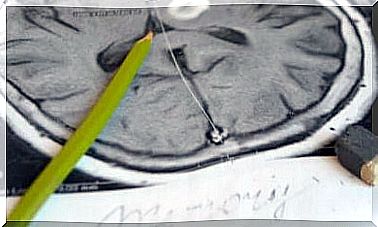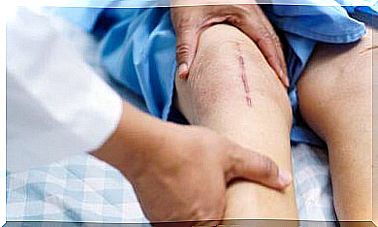Treatments For Polycystic Ovarian Syndrome

Today we look at polycystic ovary syndrome, and the treatments for this condition. The medical community generally uses the term polycystic ovary syndrome to denote an alteration of the female reproductive system. It often affects women who are still within their reproductive age.
People with polycystic ovary syndrome have a fibrous structure in their ovaries. These cause hormonal changes. For example, levels of androgens (Y chromosome hormone), such as testosterone and androsterone, are usually high.
In addition, this hormonal imbalance causes a range of symptoms that, if not treated properly, could lead to serious complications over time.
What is Polycystic Ovarian Syndrome?
Symptoms

When a woman suffers from polycystic ovary syndrome, she may experience symptoms often associated with hormonal imbalance. The most common symptoms associated with polycystic ovary syndrome are:
- changes in the menstrual cycle, which can affect the intervals, duration or intensity
- infertility or problems getting pregnant
- hirsutism, or an increase in facial hair
- the development of the acne that varies in severity
- loss of hair with all the hallmarks of male pattern baldness
In addition, polycystic ovary syndrome is common in overweight or obese women. These factors also contribute to the worsening of symptoms and new complications, such as:
- changes during pregnancy, usually associated with gestational diabetes and hypertension
- sleep disorders such as sleep apnea
- type 2 diabetes
- bleeding in the uterus
- changes in a woman’s behavior
- slight chance of developing other diseases such as uterine cancer or metabolic syndrome
Researchers have yet to determine the exact cause of this syndrome. However, there are several factors associated with the development of this syndrome.
In any case, there are several changes in the usual function of the ovaries. For example, this imbalance of the ovaries causes the development of numerous small fluid deposits called follicles. Also, it is not always possible to release mature eggs during the period that should be the menstrual cycle.
Treatments for Polycystic Ovarian Syndrome

Hormonal contraceptives can help women with polycystic ovary syndrome. There are also other techniques, such as removing the follicles by means of electrolysis.
Today, medical experts have many options when it comes to choosing treatment. Therefore, they select the most suitable method based on the specific characteristics of a person and the impact of the syndrome on her body.
It is therefore important that a woman who has been diagnosed with polycystic ovarian syndrome informs her gynecologist about any medication she may be taking. In addition, she should also inform him or her about her lifestyle, allergies, and other health issues that she may be dealing with or have had in the past.
Treatments
These are some of the treatment guidelines most commonly used today:
- Controlled Weight Loss. The advice is to follow a balanced diet and to exercise daily.
- Administering Medication. Most commonly, this is used to treat symptoms of endocrine problems associated with this condition. These are some of the most commonly prescribed medications when it comes to treatments for polycystic ovary syndrome:
- Birth control pill. These are for regulating the hormone levels due to their content of estrogen and progesterone. Not only that, but they can also regulate the menstrual period and the bleeding in the uterus. They also reduce the risk of other diseases such as cervical cancer.
- Chemical compounds with progesterone . These, like contraceptives, help regulate menstrual cycles and are a form of prevention against uterine cancer.
- Other treatments for excessive hair growth or hirsutism.
- electrolysis. This is a technique to destroy the follicles. In this treatment, a needle sends a small electrical charge to the problem area. Such a treatment requires a number of sessions.
We hope this article has been helpful. It may even have answered some of your questions and doubts. However, do not hesitate to contact your gynecologist for any other questions you may have on this subject.









